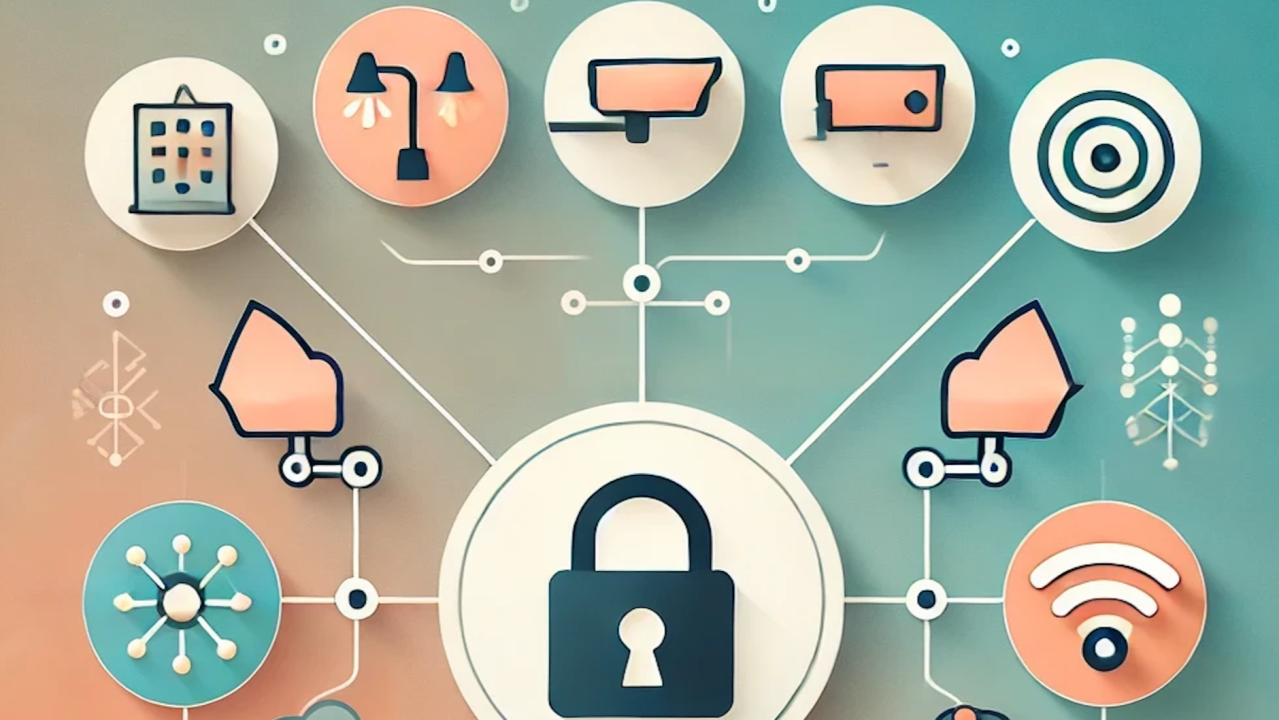Throughout this series, we’ve explored the security essentials for various types of smart systems, from lighting and HVAC to networked devices. In this final security spotlight, we’re taking a slightly different approach. Instead of breaking everything down system by system, let’s look at the big picture. How can you protect all your smart systems effectively without getting bogged down in unnecessary detail? Enter the 80/20 rule – one of the simplest yet most effective principles for life, security, and computing.
By focusing on the 20% of actions that produce 80% of the results, you can safeguard your systems without making things complicated. Here’s what you need to know:
1. Network Segmentation
What to Ask Your Provider: Is each smart system, such as the lighting or HVAC, on its own separate network?
Why It Matters: If different systems share the same network, a hacker could exploit a weak link to access more sensitive areas. Segmentation ensures that even if one system is compromised, the rest of your building remains protected.
How They Should Do It: Your provider should create dedicated networks for each system, using tools like firewalls or VLANs (virtual local area networks). Think of these as invisible fences keeping your systems secure and isolated.
Simply Put: Imagine your systems as separate roads. If someone sneaks onto one road, they can’t access the others. Keeping them separate reduces risk and keeps your building secure.
2. Keep Software and Firmware Updated
What to Ask Your Provider: How often are updates carried out on smart systems? Are these updates automated?
Why It Matters: Outdated software is like leaving your windows open – it’s an easy entry point for attackers. Regular updates close vulnerabilities and ensure your systems are protected from the latest threats.
How They Should Do It: Set up automatic updates or regular maintenance schedules. Your provider should check that updates are applied consistently across all systems.
Simply Put: Think of updates as giving your systems a health check. They’re small, quick, and essential to keeping everything running smoothly.
3. Limit and Monitor Access
What to Ask Your Provider: Who has access to the smart systems, and how is this access controlled?
Why It Matters: Not everyone needs full access to your systems. By limiting permissions, you reduce the risk of accidental changes or potential insider threats.
How They Should Do It: Introduce role-based access control and multi-factor authentication (MFA). Regularly check access logs for any unusual activity.
Simply Put: Think of access control as handing out keys. Only trusted individuals should get them, and you should always know who’s using them.
4. Back-Up Critical Data Regularly
What to Ask Your Provider: How often are backups created, and where are they stored?
Why It Matters: Backups are your safety net if something goes wrong. They allow you to recover quickly without losing essential data.
How They Should Do It: Automate backups to secure, offsite locations and test them regularly to ensure they’re reliable.
Simply Put: Backups are like insurance. When disaster strikes, you’ll be glad you have them.
5. Educate Your Team
What to Ask Your Provider: Do you offer training on recognising cyber threats?
Why It Matters: Even the best systems can fail if someone clicks on the wrong link. Training your team empowers them to spot potential threats and act early.
How They Should Do It: Offer simple, regular training sessions on phishing, password security, and recognising suspicious activity.
Simply Put: Your team is your first line of defence. Equip them with the tools they need to protect your systems.
The 80/20 Mindset
The beauty of the 80/20 rule is its simplicity: focus on the 20% of actions that deliver 80% of the results. These five steps might seem straightforward, but together they create a strong foundation to minimise risks to your smart systems.
You don’t need to do everything all at once. Start small. Update your devices or review access controls today, and build from there. Little improvements add up to big results.
Your Next Step: Take ten minutes to review one of these five areas. Strengthening even one of them can make a big difference.
Secure, Smart, Sustainable – interAll











